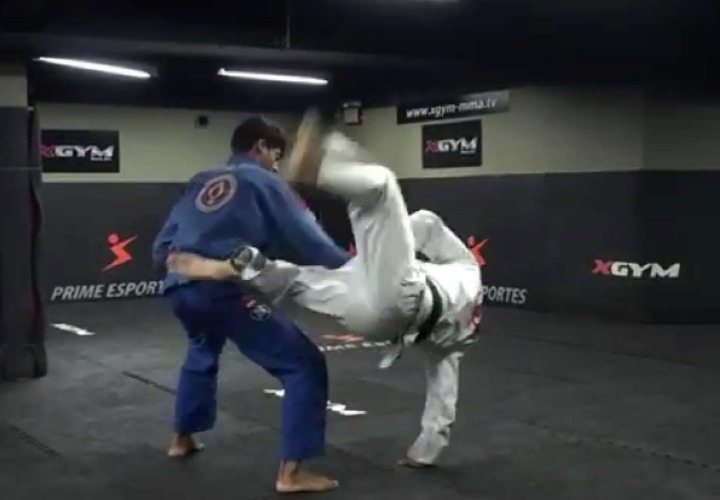Jiu Jitsu, the game of human chess. Grappling is considered by many one of the most difficult sports to master. Learning moves generally require a combination of intelligence, timing, coordination and physical attributes.
A common way to classify moves is high percentage and low percentage. High percentage means techniques that have a high success rate. They are usually the most often seen techniques in competitions and sparrings. Lots of examples to be given here. Think of the armbar, triangle choke, hip bump sweep, etc. These are all tried and effective and likely form the base of most competitors.
Low percentage moves are moves that generally are very situational in that they require a very specific and rare reaction from your opponent and/or are rarely seen in competition. They may also require a greater degree of attributes. That does not mean it doesn’t work. It just means they are considerably harder to pull off than the high percentage techniques.
Up next, let’s have a look at some of the most complicated techniques in Jiu Jitsu. Complicated doesn’t necessary mean low percentage, although they are more often than not.
Flying triangle. One of the most spectacular things you can see in a competition. One of the competitor jumps on the other with one of his leg at the neck catching a triangle. It’s spectacular but it can really backfire, especially if slams are allowed. It also requires a great deal of athleticism and timing to pull off.
Flying omoplata. Similar to the flying triangle but this one is even harder to pull off because of all the spinning involved. This one is a very rare sight but a true display of technical prowess and athleticism.
Gogoplata. A choke that can be applied either from top mount position or from closed guard after transitioning in the rubber guard. The shin is used similar to the hand in a guillotine, as it has the same role which is to obstruct the trachea. The strangle is caused by the attacker grabbing the head with both his arms and pulling it down (for rubber guard) or up (for full mount) thus forcing the trachea in the shin. The move has also been used successfully in MMA as well, although it’s a rare sight.
Helicopter Armbar. The helicopter sweep is made by attacking a tomoe nage and manipulating the opponent’s arm and body mid air to make him land perpendicular to you and already in the armbar position with you cranking on his arm. It requires a great deal of coordination and agility on behalf of the one executing it and it generally doesn’t work against experienced opponents.
Flying scissor heel hook. This is how Anderson Silva received one of his few defeats. The heel hook is probably the most dangerous submission in grappling, the flying scissor takedown puts you exactly where you need to be in order to perform it. However, it does require excellent timing to pull it off.
Berimbolo. Berimbolo, probably the trademark move of Modern Jiu Jitsu, taking advantage of the grappling rulesets in order to provide the user with a move that will get him in a dominant position of control (be it legdrag position or back mount). Despite being a legitimate and high percentage move, it’s not an easy technique to grasp. Going for it requires being agile and flexible enough to go inverted really fast and have no problems being stacked. It also requires a good deal of coordination and understanding of Jiu Jitsu in order to be able to get the right angles on the spin and load up the opponent properly. It’s generally seen as a move more oriented to users from lower weight classes.


















